Open Educational Resources
- Introduction to OERs
- What are OERs
- Benefits of OERs
- How to use OERs
- Evaluating OERs
- Understanding licenses
- Attributing OERs
- Finding OERs Toggle Dropdown
- Creating OERs Toggle Dropdown
-
Examples of OER by subject
Toggle Dropdown
- Agriculture, Food & Wine
- Allied Health
- Animal & Veterinary Sciences
- Anthropology & Development Studies
- Architecture & Built Environment
- Art History
- Asian Studies
- Biology
- Business
- Chemistry
- Classics, Archaeology & Ancient History
- Computer Science
- Dentistry
- Earth Science
- Economics
- Education
- Engineering
- English & Creative Writing
- Entrepreneurship, Commercialisation & Innovation
- French Studies
- German Studies
- Geography, Environment & Population
- Global Food & Resources
- History
- International Trade
- Law
- Linguistics
- Mathematical Science
- Media
- Medicine
- Music
- Nursing
- Philosophy
- Physics
- Politics & International Studies
- Psychology
- Public Health
- Sociology, Criminology & Gender Studies
- Spanish Studies
- Free COVID-19 research
What are OERs?
An OER is any kind of material used in teaching that people can be freely keep, use, adapt, and share. An OER could be an open textbook, module, a course whole, lecture, video, image, question bank, case study, software, data or any other resource used for teaching.
The main requirement that defines a resource as an OER is that it's been released under the terms of an open licence, e.g. Creative Commons.
To be considered a true OER, the licence should give users the right to retain, reuse, revise, remix, and redistribute the material for educational purposes. These are known as the 5Rs. However, from a practical point of view there's lots of material with licences which don't meet all of this criteria but that can still meet your teaching needs.
The 5Rs of Open Educational Resources |
|
|---|---|
|
The right to make, own, and control a copy of the resource e.g. download and keep your own copy |
|
The right to edit, adapt, and modify your copy of the resource e.g. translate into another language |
|
The right to combine your original or revised copy of the resource with other existing material to create something new e.g. make a mashup |
|
The right to use your original, revised, or remixed copy of the resource publicly e.g. on a website, in a presentation, in a class |
|
The right to share copies of your original, revised, or remixed copy of the resources with others e.g. post a copy online or give one to a friend |
Credits: Text from the 5Rs of Open Education Resources is from Defining the "Open" in Open Content and Open Educational Resources written by David Wiley and published under a Creative Commons Attribution 4.0 license. Images from the Noun Project (Save by Markus, Recycle by Miguel C Balandrano, Edit by stzuana, Combine by vidorn, Share by Hasanudin) and are all released under a Creative Commons Attribution 3.0 US license.
- Last Updated: Mar 3, 2025 3:12 PM
- URL: https://libguides.adelaide.edu.au/OER
- Print Page

 Retain
Retain Revise
Revise Remix
Remix Reuse
Reuse Redistribute
Redistribute